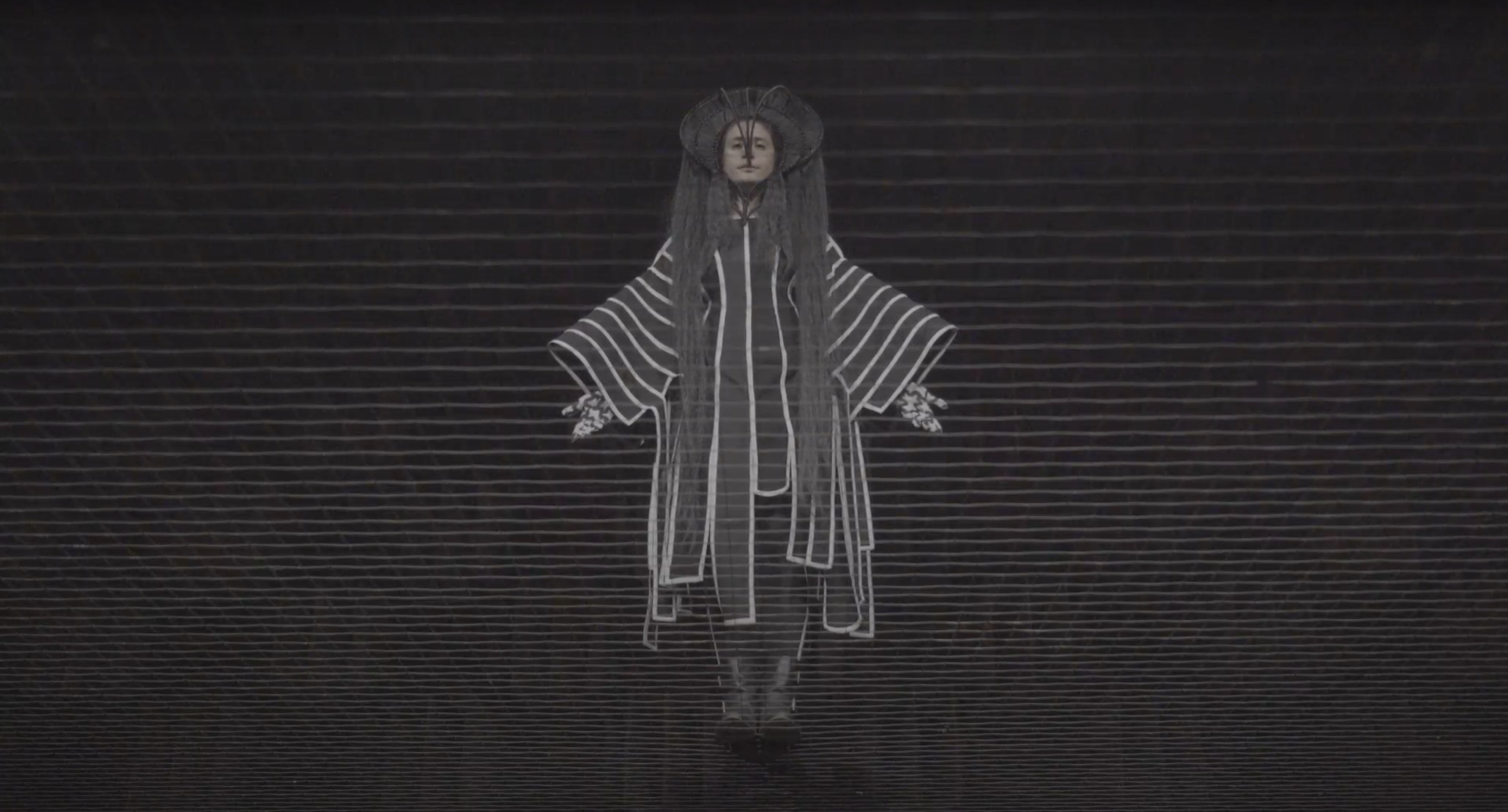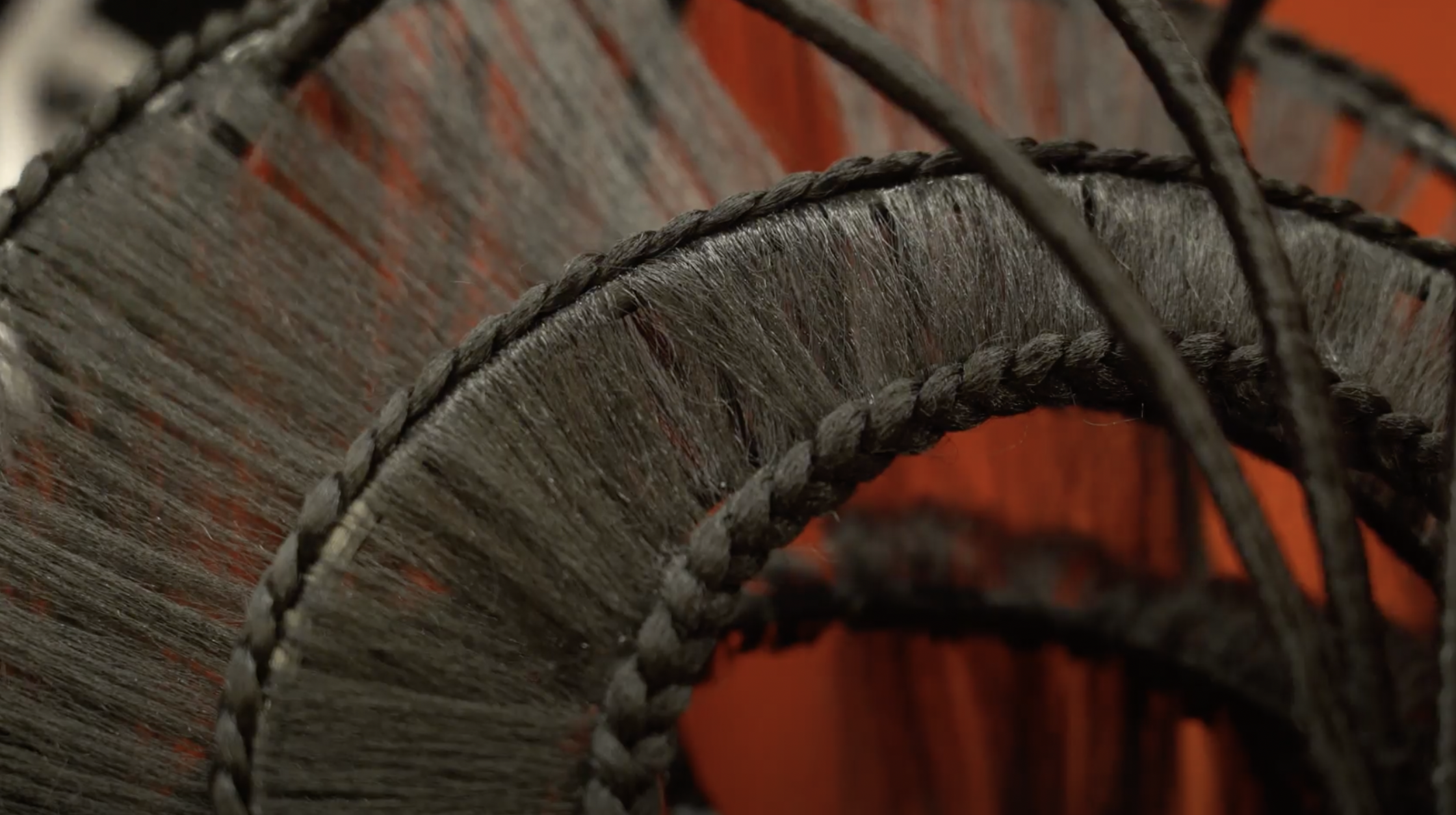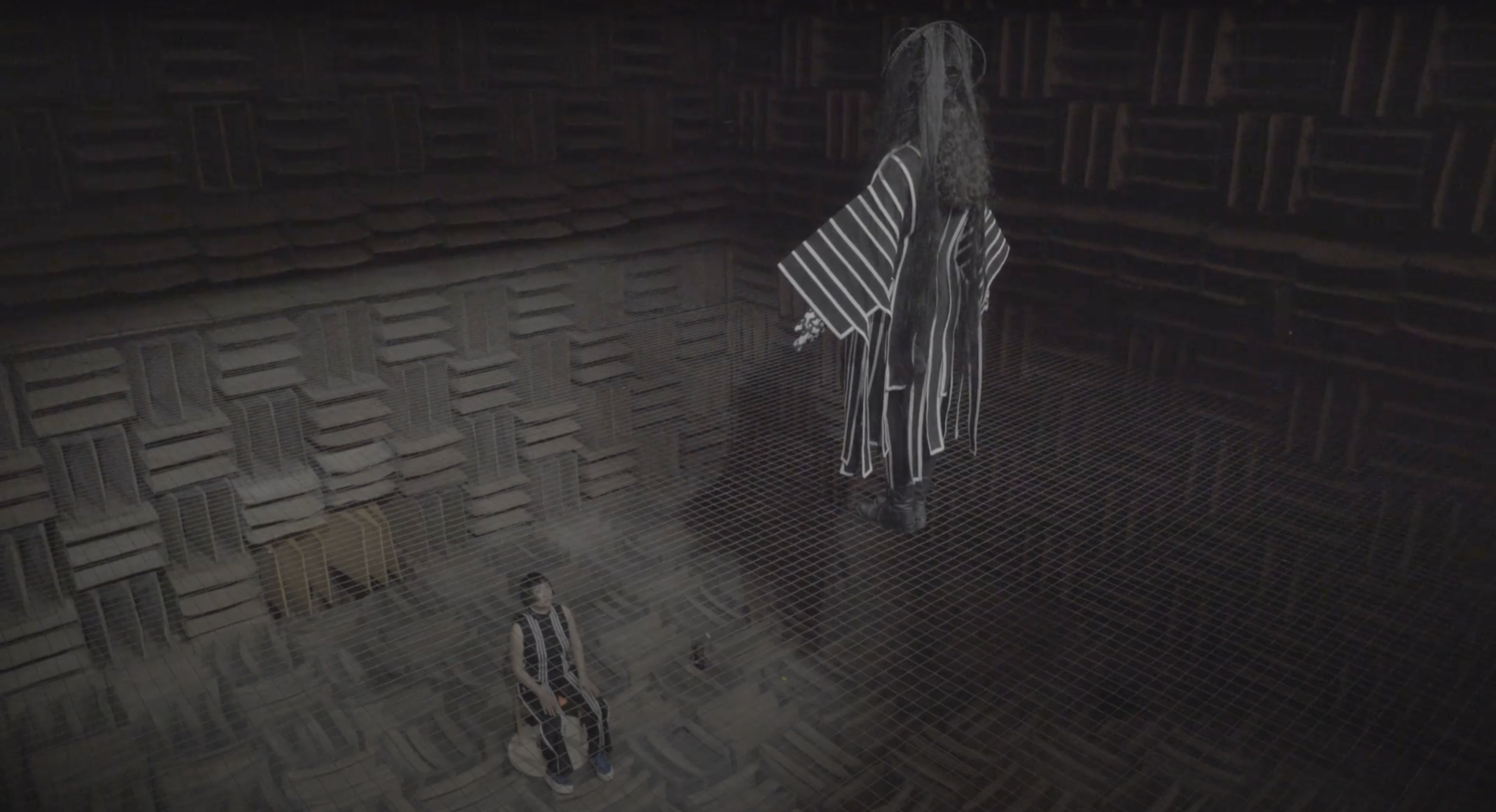REVERB, A GENETIC OPERA
Reverb, A Genetic Opera is a body of work expressed through a series of performances, collaborations, and new media, in which mitochondrial DNA is transposed into song, as a regenerative bridge to our matrilineage.
Each performance of Reverb is an intimate experience involving a multi-relational performance between an opera singer, the invited participant, and a large audience who experience parallel expressions of a personalized soundscape scored from the participant’s DNA.
Mitochondrial DNA uniquely retains genetic material that is passed only through maternal lineage. Reverb guides individuals through their matrilineal line—contemporary to the beginning of time—through notes of magical realism, connecting them to their feminine origins.
Reverb is conceived as an ongoing series of sonic rituals that translate matrilineal memory into vibration and voice. Each iteration invites a different collaborator whose personal and ancestral narratives become compositional material, transforming biological data into performance. The work stages motherhood, daughterhood, and inheritance not as fixed roles but as resonant frequencies. Reverb functions as an embodied archive where sound becomes both grief and transmission, and where the act of listening is itself a form of kinmaking.
︎Support Reverb via New York Foundation for the Arts



Ān, the Soprano—performed by Emma Goldberg Liu

Person X—participant




Within the body of work, Lii’s mitochondrial DNA sequence is transposed into a genetic aria performed by a soprano.
ATTCTAATTTAAACTATTCTCTGTTCTTTCATGGGGAAGCAGATTTGGGTACCACCCAAGTATTGACTCACCCATCAACACCGCTATGTACTTCGTACATTACTGCCAGCCACCATGAATATTGTACGGTACCATAAATACTTGACCACCTGTAGTACATAAGAACCCAATCCACATCAAAACCCCCCCCCCATGCTTACAAGCAAGTACAGCAATCAACCTTCAACTATCACACATCACTGCAACTCCAAAGCCACCCCTCATCCACTAGGATACCAACAAACCTACCCACCCTTAACAGTACATAGTACATAAAGCATTTACCGTACATAGCACATTACAGTCAAATCCCTTCTCGCCCCCATGGATGACCCCCCTCAGATAGGGGTCCCTTGACACCATCCTCCGTGAAATCAATATCCCGCACAAGAGTGCTACTCTCCTCGCTCCGGGCCCATAACACTTGGGGGTAGCTAAAGTGAACTGTATCCGACATCTGGTTCCTACTTCAGGGCCATAAAGCCTAAATAGCCCACACGTTCCCCTTAAATAAGACATCACGATG
***

A stage performance featuring Ani Liu, presented as part of Reverb. Invited into collaboration, Liu extends her research on reproduction and the politics of care into a live sonic ritual. On stage at MoMA NY, her biometric data—breath, pulse, and movement—is transposed into an aria that reverberates through her body as instrument. Within this shared performance, Liu’s presence folds into the Reverb continuum: a matrilineal dialogue where technology becomes a conduit for memory, and sound becomes an ancestral gesture of inheritance and release.
***
A performance film featuring Michelle Millar Fisher, whose essay titled Childfree (Designing Motherhood, 2021) recounts her relationship to her mother, Ellie Millar. Millar’s matrilineal story resonated with this body of work as a woman, daughter, and curator who explores notions of motherhood. Michelle’s mitochondrial DNA was sequenced and transposed into an aria, performed as a daydream that takes place in her familial home as she recounts memories of her mother.
